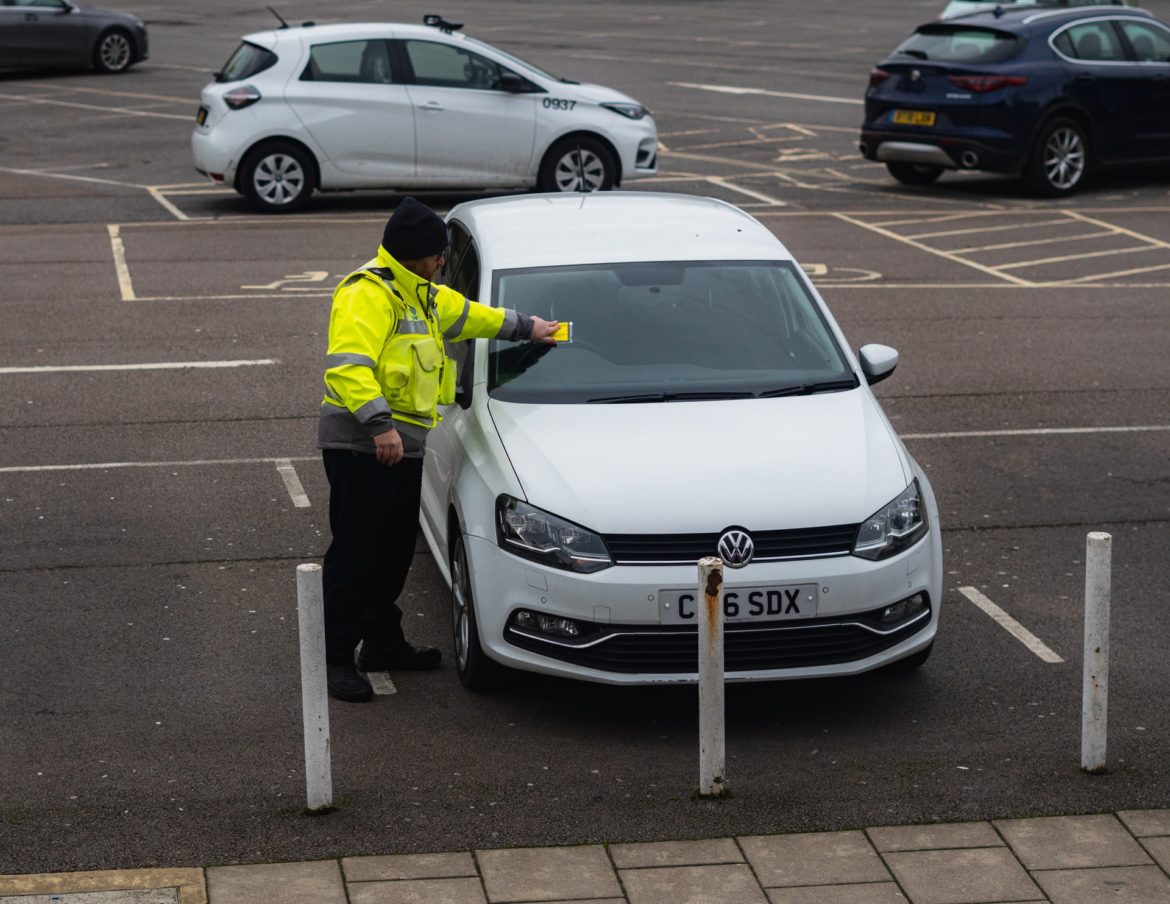As a driver, there are chances you might have violated parking regulations. We get it, such a situation can not only get ugly, but can also put a lot of heat on your wallet.
Plus the cops are experts in painting you as a big-time parking offender, even when all you did was violate a small rule.
So what constitutes a parking violation? We have mentioned the most common parking violations to be aware of to avoid parking tickets.
Take a look.
Double Parking
Double parking occurs when a vehicle parks parallel to a vehicle parked in front of the curb. Double parking can cause inconvenience to the other drivers, particularly in the event of an emergency.
If the road is just one lane, double parking could hinder the movement of the traffic. Stay clear of double parking because the act will cause inconvenience to others. Parking violations of this kind can also result in hefty fines.
Disabled parking Areas
Parking spots for disabled people are strictly meant for disabled folks, and there can be severe fines if you try to park your car in such a zone. To park your vehicle in handicapped parking, at least one of the passengers in the vehicle must be disabled. Additionally, you require authorization and a sign stating you’re allowed to park in the handicapped parking space.
Moreover, you could be penalized for a violation of the permit. You can’t use handicapped parking permits without a handicapped person present in the vehicle.
Prolonged Parking Times (In Excess of 24 hours)
Drivers are allowed to park their car in one place for 24 hours. If you want to park in one location for longer than 24 hours, you require a specific permissive parking ticket. The length of time allowed typically depends on the place, the time of day, and the parking turnover of the area.
Once the maximum parking limit time is reached, a driver must return to their car and leave the parking area for a specific time before they can park in the same place again.
Parking longer than 24 hours in the exact location is subject to a penalty. If you’re traveling and have to park your vehicle for an extended time period, you need to find accessible parking spaces close to seaports and airports that allow parking for more than 24 hours.
Avoiding Metered Parking
A driver can park in a metered area but only if they pay for the duration. An inspector at the parking area always scans the license plate to determine if the vehicles parked have paid for parking.
The inspector also examines the time duration the cars have been parked for. If a car driver has not paid for their parking spot or has exceeded the time limit, they may be required to pay a fine.
Parking meters are designed to serve one parking space at a time. Traditional parking meters need cash, but nowadays, you can also pay the metered fee with your credit card.
Parking Close to a Fire Hydrant or in a Fire Lane
You could be fined, and your vehicle can be towed when you park your vehicle in an area that has been designated as an emergency lane.
These areas are marked by yellow slashed lines and signage. Beware of parking within 10 feet of a fire hydrant or on a painted curb. As emergencies can strike anytime, parking in the vicinity of a fire hydrant is considered a serious parking violation and comes with serious fines.
Final Word
Although we have covered most of the parking violations in this post, you should have a Traffic ticket app if you still wound up with a parking ticket. It helps you contest your parking ticket without the need for a lawyer and saves considerable cash!



